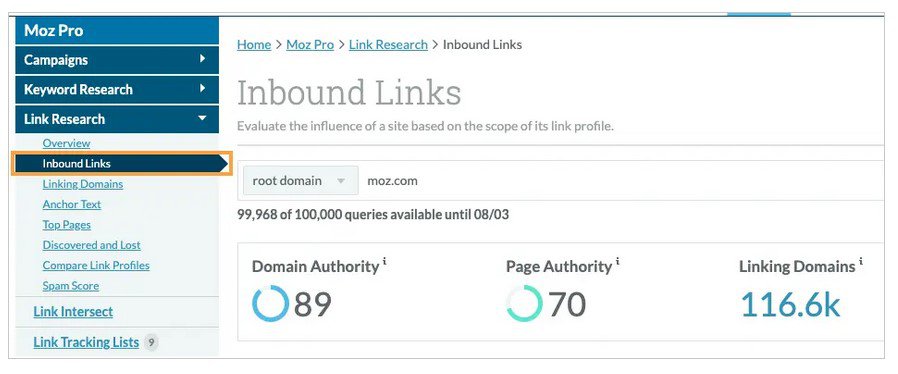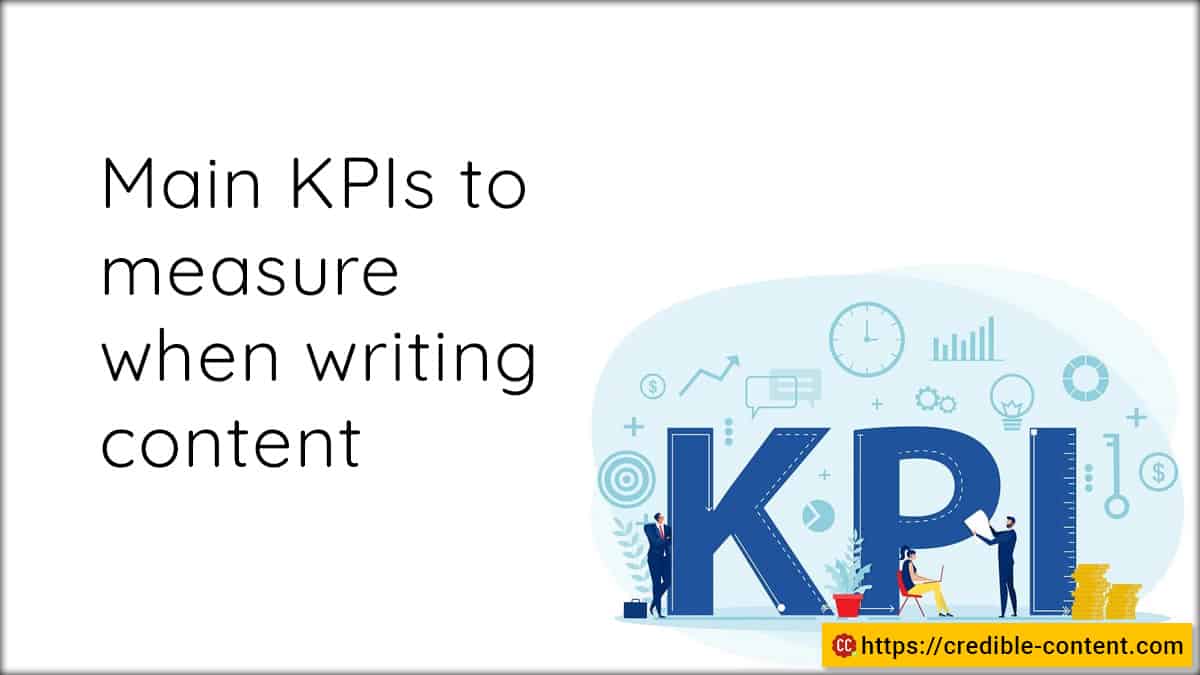
I have rarely written about key performance indicators (KPIs) because as a content writer, I write content and deliver the documents to my clients.
After that, it is up to them to decide which KPIs they want to follow.
Nonetheless, if you are writing content for your own website or blog, it is important to know which KPIs to follow to gauge the performance of your individual blog posts and web pages.
- Content writing KPIs – what do they mean?
- Why is it beneficial to measure KPIs when writing content?
- How to choose which KPIs to track for web pages and blog posts writing?
Content writing KPIs – what do they mean?
You need to take the right key performance indicators to know if your content is achieving the desired results.
Why do you publish a blog post?
Why do you publish a web page?
Every blog post or web page needs to perform otherwise, you are wasting time and money.
Of course, the most common reason for publishing a blog post or web page is to improve search engine rankings.
I have clients who want to cover all their primary and secondary keywords through publishing blog posts.
For them, the biggest KPI is the search engine rankings attained by a particular blog post or web page.
Organizations that take content marketing seriously want their blog posts and web pages perform different tasks.
Every single blog post or web page has an ROI attached to it.
Though, I must quickly add that it’s quite difficult to calculate the ROI of a particular blog post or web page in isolation because all the blog posts and web pages collectively work towards delivering the needed ROI.
That’s a different issue.
But when it comes to tracking key performance indicators, there are multiple tools available that allow you to gauge performance at individual blog post and web page level.
Below I am listing different KPIs that you can observe, but knowing them collectively can help you fine tune your existing blog posts and web pages and make improvements to your future publishing efforts.
Studying content writing KPIs is of course, additional work.
You may need to set up Google analytics in a certain way.
You may need to generate URL parameters for different mediums where you promote your links.
But it is worth the effort.
Once you incorporate the measurement of KPIs into your overall content writing and content marketing effort, the results can be remarkable.
Why is it beneficial to measure KPIs when writing content?
Without the KPIs, writing and publishing content may be like hitting darts in darkness.
Or throwing mud on the wall and seeing what sticks and what falls on the ground.
If you don’t regularly measure KPIs you will never know how well your content is performing.
If you need to make changes to your content writing and publishing strategy, without observing KPIs, it is nearly impossible.
You write and publish content regularly because
- You want to improve your search engine rankings.
- You want repeat visitors.
- You want people to stay on your website or blog for longer.
- You want to engage your audience.
- You want to generate more leads.
- You want people on social media to talk about your business and share your content.
- In general, you want to generate more business.
Each web page and blog post that you publish is a building block.
These building blocks need to be strong.
They need to perform well.
Unless individual building blocks perform well, your overall content publishing effort will be lacklustre.
Therefore, it is important to regularly measure the KPIs of your individual web pages and blog posts.
By regularly checking your KPIs you can analyse which content writing tactic is working and which isn’t.
Then accordingly you can make changes to your existing and future web pages and blog posts.
How to choose which KPIs to track for web page and blog post writing?

There are different KPIs for content writing and content marketing.
Writing and publishing content regularly is a subset of content marketing – without content, there is no marketing.
Hence, the set of KPIs that is applicable to content writing and copywriting is a subset of the KPIs for content marketing.
For this blog post, since I’m talking about KPIs for writing content, I have included the key performance indicators that are used with content marketing.
The key performance indicators mentioned in this blog post are only related to writing and publishing content – individual web pages and blog posts.
- Time on page
- Bounce rate
- Scroll depth
- CTR
- Conversion rate
- Inbound links
- Social shares
- Traffic from social media
- Search engine rankings
Time on page

This is the time people spend on your web page or blog post after coming to your website.
They may come across your link on Google, some social media platform like LinkedIn or Twitter, or on another website or blog.
They click the link and come to the particular web page or blog post.
How much time do they spend on this particular link?
This is also called “average time on page” and even “average session duration”, but to find the average you need to first calculate the overall time people spend on your website.
If they spend more time on your page or blog post it means it is performing well and providing the visitors the information they are looking for.
Calculating time on page using Google Analytics can be a challenge, according to many.
The problem is that one, Google Analytics doesn’t start ticking the clock unless the visitor does some action (like scrolling or clicking an image), and two, it has no way of finding out that even if someone is on your page, is he or she still on the same tab or has moved on to another web page in another tab, without closing this tab.
Additional scripts and JavaScript coding is needed to accurately find time on page but the basic information on Google Analytics can give you a head start.
What is the use of this KPI?
You can find the usability of individual web pages and blog posts.
If people stay longer, it means they’re finding your information useful.
You can study these web pages and blog posts where people spend more time and then create similar web pages and blog posts to increase your overall stickiness.
Bounce rate
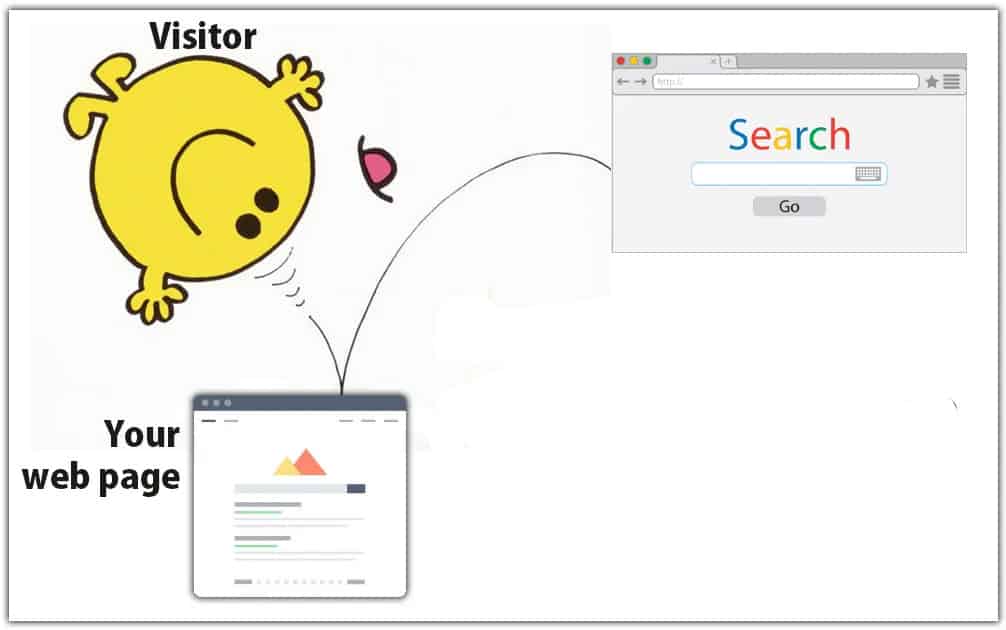
This content writing KPI helps you find out whether your individual web pages and blog posts can keep people from going away or not.
A higher bounce rate can negatively affect your search engine rankings.
Your bounce rate is the percentage of people who arrive on a particular web page or blog post and then leave your website without exploring further.
They don’t scroll much.
Average bounce rate is 41%-51%.
What is a good bounce rate, depends on your industry.
Here are some benchmark bounce rate averages for different industries from Custom Media Labs
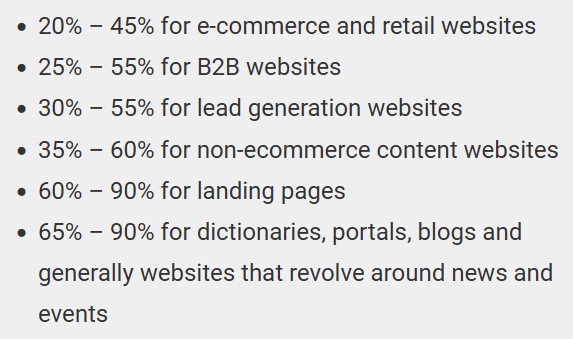
To lower your bounce rate your current web page or blog post must encourage people to stay on the website and explore other parts.
Scroll depth
Scroll depth is a KPI you may not have heard of much.
In Google Analytics you can set a percentage, something like 10% or 50% to measure scroll depth.
Vertical scroll depth is based on how far down a user has scrolled on your web page.
If your content is interesting and useful, your visitors are going to scroll down more.
You need to make your content compelling to make sure that people scroll down and read the entire page or blog post.
One of the best ways of making people scroll down is making every sentence count.
It is like, your headline must make people read your first sentence.
Your first sentence must encourage people to read the second sentence.
Your second sentence must encourage your visitors to read the third sentence.
And so on.
This Google support web page describes how you can set up triggers that will enable Google Analytics to reveal to you how much people are scrolling when they visit your web pages and blog posts.
CTR – click through ratio
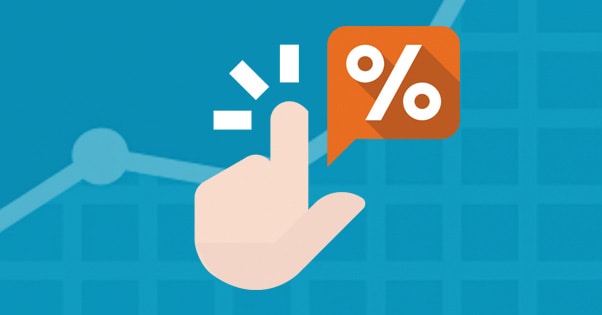
For content writing and content marketing, this is one of the most important KPIs.
If you check your Google Analytics data, you come across the CTR column that tells you how many people clicked the link out of how many impressions.
The number of impressions is the number of times your link became visible to people when they searched Google for a related search term.
So, if your link earned 100 impressions and 20 people clicked the link, your CTR is 20% for that web page or blog post.
Although your CTR depends on your search engine rankings (as far as SEO goes) it also depends on how compelling your web page or blog post title is.
When you are writing content, coming up with a title that would prompt people to click, is as important as writing the actual content.
The CTR KPI is not just used for the purpose of search engine optimization.
It is also used to decide the performance of online ads such as Google ads.
But right now, we’re just sticking to content writing KPIs.
Conversion rate
Conversion rate is mostly considered for landing pages and email campaigns but even your normal web pages and blog posts can have conversion rate.
Conversion rate means, how many people perform the CTA (call-to-action) of the web page or the blog post.
You publish a blog post to get more subscribers for your newsletter.
How many people subscribed after visiting that blog post in a month?
You want people to download your e-book.
How many people downloaded the e-book after visiting that blog post?
The same is true for your landing page copy.
How many people carried out the CTA?
Good copywriting generates a better conversion rate.
If your conversion rate KPI is not good, you need to reassess your individual web pages and blog posts.
Inbound links
Inbound links are important for SEO.
They can also send you a ton of direct traffic if you get inbound links from high traffic websites.
Most of the website owners and blog publishers don’t link to your homepage.
They link to a specific blog post or web page that they want to refer to.
This Search Engines Journal post explains in detail the relevance of inbound links from authoritative websites.
There are different tools available to find inbound links to your website as well as individual web pages and blog posts.
You may like to explore the Moz inbound links explorer, but it comes with an expensive package of Moz Pro.
Social shares
The social shares KPI of your written content is a great proof of how popular your web page or blog post is.
If you use WordPress to publish your website or blog there are innumerable plugins available to show social sharing buttons.
These plugins also keep a count of how many times people have shared your link on social media.
There are many third-party services available that help you manage your social media marketing.
Social sharing is one of the biggest proofs of the quality and relevance of the content you publish.
People share your content only when they feel it is share worthy.
Traffic from social media
Social media traffic depends on two factors:
- The relevance and the demand of the link that you have posted on various social media platforms.
- The size of your presence on social media.
No matter how good the quality of your content is, if you don’t have a significant presence on social media, you’re not going to get much traction.
Even if you have a sizable presence, if your title and description does not inspire your contacts and followers, they are not going to click the link and come to your website.
Search engine traffic
This is one of the most important KPIs when you are writing content.
Every content writer and online copywriter want their content to rank higher and clients are ready to pay a premium for this capability.
Most of the websites and blogs publish a ton of content primarily for search engine traffic.
Hence, the purpose of every individual blog post and website is to generate search engine traffic for relevant keywords.
Websites and blog posts that generate more search engine traffic are obviously well written and optimized.
Sometimes even badly written content ranks higher but that happens by fluke.
Measuring content writing KPIs is additional work but it is a part of the overall content marketing effort.
Keeping track of different KPIs can help you
- Increase your conversion rate.
- Write better, targeted content.
- Boost engagement.
- Increase brand awareness.
KPIs let you know whether the content that you are writing and publishing is delivering results or not.
Your KPIs give you a direction and enable you to write content that resonates with your audience.

